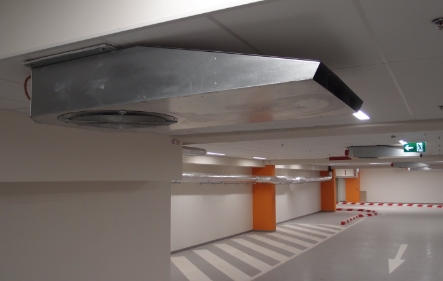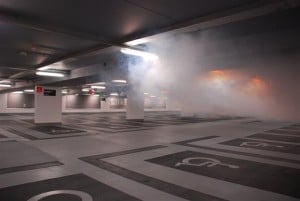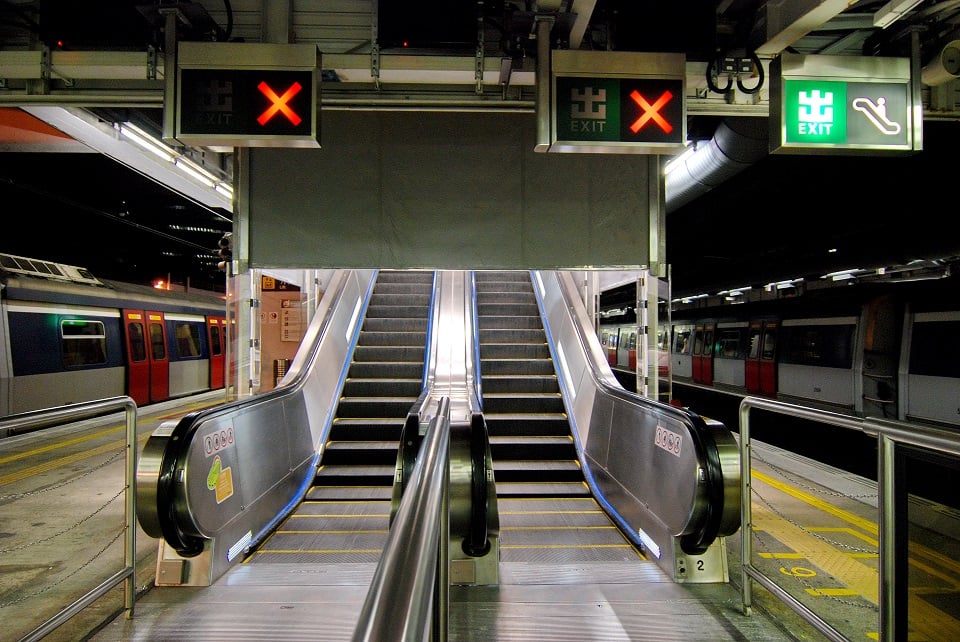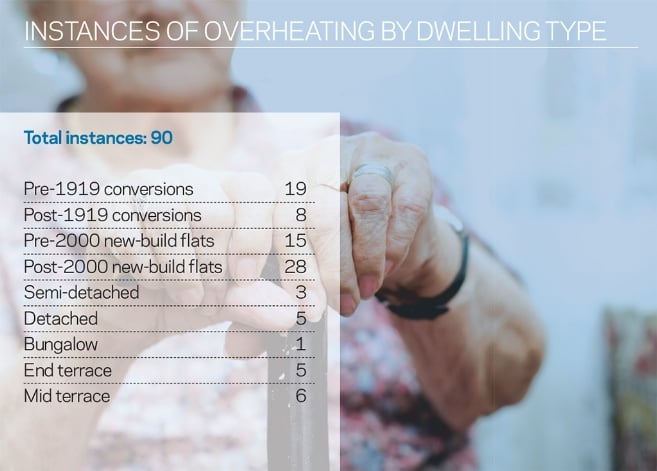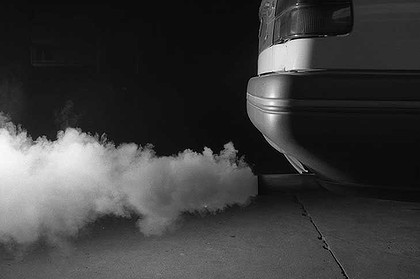31st October 2014, 12.30-13.30 GMT
Join me as I present a free CPD webinar on Car park ventilation.
This webinar covers:
- An explanation of the basic legislative requirements and how these are achieved using impulse ventilation
- Application of impulse ventilation, both for carbon monoxide and for smoke clearance or smoke control
Read More
Topics:
Smoke Control,
Smoke ventilation,
Car Park Ventilation
Why is energy efficiency not regulated in car parks?
The regulations applying to car parks do not specifically advocate the conservation of energy but surely they should do. It does not make sense that buildings are subject to energy efficiency and low carbon emission targets driven by regulations such as Approved Document L (ADL), while car parks have no such requirement.
Read More
Topics:
Smoke Control,
Smoke ventilation,
Energy saving,
Car Park Ventilation
In the last article in our series about designing smoke shaft systems, we discuss dual purpose systems.
Why dual purpose?
- Is your current project an apartment block?
- Are your corridors landlocked?
- Is the building well sealed and insulated? (of course it is)
And most importantly:
- Do you have hot water pipes running above the corridor ceilings?
If you’ve answered yes to all four questions you need a dual purpose system.
Read More
Topics:
Smoke ventilation,
Smoke shafts,
Smoke Shaft Series
In the seventh and penultimate article in our series about designing smoke shaft systems, we discuss power requirements.
Natural shafts
One of the major advantages of natural systems is the very low power requirement. Most systems use 24V ventilators and run off standard 230V single phase supplies, with standby power provided by a battery back up unit which transforms and rectifies the incoming power to charge the batteries and drive the ventilators. The batteries then provide a temporary source of power in case of loss of mains supply. This is ideal for residential buildings that may not have a 3 phase supply.
Read More
Topics:
Smoke ventilation,
Smoke shafts,
Smoke Shaft Series
In the sixth article in our series about designing smoke shaft systems, we discuss systems intended to compensate for extended travel distances.
How long can my dead end be?
How long is a piece of string? There is no definitive published answer to this. Approved Document B allows 7.5m in residential buildings. BS 9991 allows between 7.5m and 15m, depending upon the building and its fire precautions.
Read More
Topics:
Smoke ventilation,
Smoke shafts,
Smoke Shaft Series
In the fifth article in our series about designing smoke shaft systems, we discuss noise and attenuation requirements.
Usage
When considering noise, shafts can be split into two types, those with and those without day-to-day comfort ventilation provision.
Read More
Topics:
Smoke ventilation,
Smoke shafts,
Smoke Shaft Series
In the fourth article in our series about designing smoke shaft systems, we discuss the choice of the vents between the lobbies and the shaft.
Types
The choice is short and sweet as there are only 3 basic types available:
- A smoke damper mounted behind a grille
- A bottom hung motorised flap
- A motorised fire door.
Seems a simple choice, but there’s more to it than aesthetics, as you’ll see.
Read More
Topics:
Smoke ventilation,
Smoke shafts,
Smoke Shaft Series
In the third article in our series about designing smoke shaft systems, we look at the rooftop equipment.
Natural shafts
All you need is 2 or 3 roof ventilators
This bit can be short and sweet as all we need at roof level are 2 (or sometimes 3) roof ventilators – one at the head of the stair, one at the head of the shaft and, for residential buildings, sometimes one as an AOV to separately ventilate the top floor lobby to minimise the height above the roof of the top of the shaft.
Read More
Topics:
Smoke ventilation,
Smoke shafts,
Aerodynamic Performance,
Smoke Shaft Series
In this article, the second in our series about designing smoke shaft systems, we will look at the choice of natural vs mechanical shafts.
Smoke shafts in multi-storey buildings take up potentially valuable space, so keeping the shafts as small as possible is beneficial and has led to mechanical shafts becoming a popular choice.
But are they always the best choice? We look at some of the issues.
Read More
Topics:
Smoke ventilation,
Smoke shafts,
Smoke Shaft Series
Over a series of articles we will analyse the most important considerations when designing smoke shaft systems. We will cover a variety of topics including noise, power, extended travel distances, natural vs mechanical shafts, smoke ventilation only and dual purpose systems – beginning with today’s article on the builder’s work shaft.
Smoke shafts in multi-storey buildings are invariably builder’s work as no-one wants to go to the unnecessary expense of installing a steel duct which will end up being enclosed by builder’s work anyway.
Read More
Topics:
Smoke ventilation,
Smoke shafts,
Smoke Shaft Series
At my recent "Ventilation solutions for overheating corridors in apartment buildings" webinar, I received some interesting questions in the Q&A session. Here are my answers, which have been edited slightly for clarity.
Read More
Topics:
Natural ventilation,
Webinar,
Smoke ventilation,
Overheating,
Corridor ventilation
At Colt’s CPD accredited
smoke and fire curtains webinar, we received some interesting questions in the Q&A session at the end, which I would like to share.
Topics:
Fire Containment,
Smoke Containment,
Webinar,
Smoke ventilation,
CPD,
Curtains
Controlling diesel engine exhaust emissions in enclosed spaces such as maintenance workshops is easily done with local exhaust ventilation (LEV), which can be as simple as fitting pipes to the vehicles’ exhausts while they are being serviced in order to draw the fumes outside. However, there are situations where this is not an option, for example in a warehouse where there is heavy vehicle movement inside the building, as vans and lorries come in and out for loading and unloading.
Read More
Topics:
Smoke ventilation,
Climate Control,
Industrial ventilation
Overheating in common corridors in residential buildings has become an increasingly vexing problem, which can be addressed by using a two-shaft smoke control system for day-to-day ventilation. One of the major issues is how many floors we can ventilate concurrently while still achieving a reasonable air flow balance between floors.
Read More
Topics:
Webinar,
Smoke ventilation,
HVAC,
Overheating,
Corridor ventilation,
CPD

